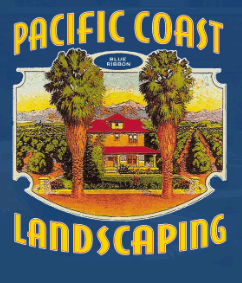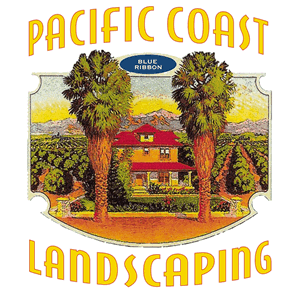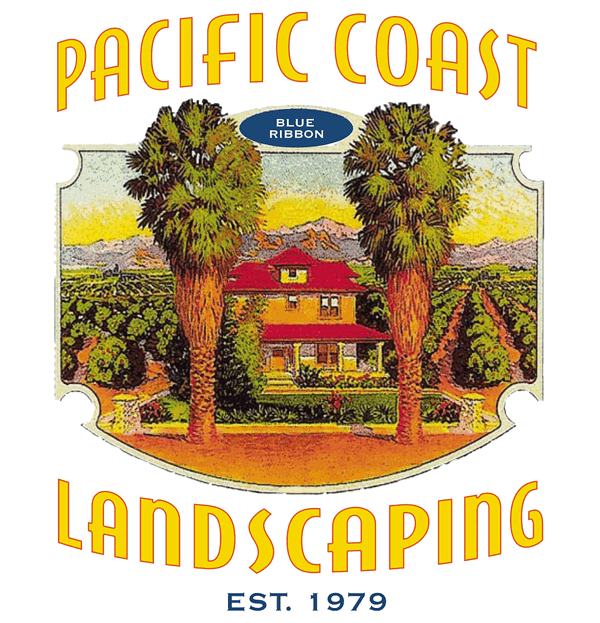We Specialize In New Lawn Installation Using High-Quality Sod
Searching for new lawn installation near me?
Have you just built a new home and now want the property graded and a front and back lawn installed? Do you have an existing lawn that has been neglected and you’re tired of looking at the patchy, brown eyesore on your property? Are you hosting an important event at your property and you want your lawn to look great?
There is a lot to know about getting grass to properly take root and grow into a healthy, vibrant, lush green lawn. It’s not as simple as just laying down sod and hoping for the best. There is a specific process that must be followed if you want the lawn to look amazing.
Why Do You Need A New Lawn Installed?
- Do you need a new lawn for a new construction project?
- Are you trying to renovate an existing lawn that is in poor shape?
- Do you want to improve your properties appearance and curb appeal?
- Are you embarrassed about your lawn compared to your neighbors?
- Do you have an important event coming up and you want a beautiful lawn?
Pacific Coast Landscaping is a landscaping contractor based out of Fullerton, California and serving North Orange County. We specialize in new lawn installation for our residential and commercial clients using new sod. From grading your property and lawn area for proper drainage, and preparing your lawn area with proper top-soil, organizing the installation of irrigation or sprinkler systems, and rolling out the sod we can provide you with a beautiful looking new lawn. We provide our lawn installation services in Anaheim, Brea, La Habra, La Mirada, Orange, Placentia, Whittier, and Yorba Linda.
Why Should You Use Sod Instead Of Grass Seed For Your New Lawn?
When homeowners in Fullerton, California, consider installing a new lawn, one significant decision they face is whether to use sod or grass seed. Choosing sod over grass seed offers several benefits, particularly in the unique climate and conditions of Southern California.
1. Immediate Results: Sod provides an instant lawn, which is a significant advantage over grass seed that requires time to germinate and grow. This means homeowners can enjoy a lush, green lawn immediately after installation, without the weeks of waiting and the bare or muddy appearance that comes with seeding.
2. Erosion Control: Sod acts as a natural erosion barrier from the moment it is laid down. This is especially beneficial in areas prone to heavy rains or on sloped terrains where soil erosion can be a problem. The roots of the sod quickly integrate with the soil beneath, providing immediate stabilization of the ground.
3. Water Efficiency: While it may seem counterintuitive, sod can be more water-efficient than grass seed in the long run. Sod requires less water to establish than grass seed, which needs constant moisture and can take a considerable amount of water over several weeks or months to establish. Once sod has taken root, it generally requires less frequent watering compared to newly seeded lawns.
4. Weed Resistance: Sodded lawns are less susceptible to weed invasions because the sod is grown to be dense and healthy, leaving little room for weeds to establish. This contrasts with seeded areas, which may have bare spots or thinner growth where weeds can easily take hold during the germination and establishment phase.
5. Seasonal Flexibility: In Fullerton's climate, sod can be installed almost year-round, unlike grass seed which may have more restricted planting windows due to temperature sensitivity during germination periods. This flexibility allows homeowners to plan their landscaping projects according to their schedules rather than being constrained by the optimal seeding times.
6. Soil Protection: Sod covers and protects the soil immediately, which helps to retain soil moisture and prevent dust from becoming airborne. This is particularly beneficial in areas like Fullerton, where dry conditions can lead to soil degradation and dust problems.
7. Long-term Investment: While the initial cost of sod is higher than that of grass seed, the investment can pay off in the long run. Sodded lawns tend to require less maintenance and repair over time, as they are less likely to develop patchy areas or suffer from weed invasions that can be costly and time-consuming to address.
In summary, for homeowners in Fullerton, California, choosing sod over grass seed for their new lawn offers immediate aesthetic appeal, practical benefits in erosion control and water efficiency, reduced maintenance needs, and better long-term soil health. These advantages make sod an appealing option for those looking to enjoy a beautiful and sustainable lawn with minimal wait time and effort.
What Types Of Grass Are Available?
We have access to a variety of sod species from local suppliers.
Bermuda Grass
- Drought-tolerant and heat-resistant
- Fast-growing and self-repairing
- Dense, fine to medium-textured grass
- Ideal for high-traffic areas, sports fields, and lawns
St. Augustine Grass
- Shade-tolerant and can thrive in areas with less sunlight
- Coarse-textured with a dark green color
- Good for coastal regions due to salt tolerance
- Ideal for lawns and landscapes in warm climates
Zoysia Grass
- Tolerates a wide range of soil types
- Slow-growing, low-maintenance, and drought-tolerant
- Dense, medium-textured grass with good wear resistance
- Suitable for lawns, golf courses, and parks in various climates
Fescue Grass (Tall Fescue, Fine Fescue)
- Shade-tolerant and can adapt to a wide range of soil conditions
- Fine to medium-textured grass with deep root systems for drought tolerance
- Cool-season grass suitable for lawns and landscapes in temperate regions
- Low-maintenance and requires less frequent mowing
Buffalo Grass
- Native to North American prairies and highly drought-tolerant
- Low-maintenance and requires minimal watering and mowing
- Fine-textured, grayish-green grass with a dense growth habit
- Ideal for low-traffic lawns and natural landscapes in arid regions
Perennial Ryegrass
- Fast-growing, fine-textured grass with a rich green color
- Cold-tolerant and often used for overseeding warm-season grasses
- Requires regular maintenance, including watering and mowing
- Suitable for lawns, athletic fields, and golf courses in cool to temperate climates
We cannot guarantee ALL of these varieties will be available at local sod farms. It's best to check with us so we can let you know what species of sod are currently available through our local suppliers.
Frequently Asked Questions About New Lawn Installation
What is the best time of year to install sod?
The ideal time to install sod can vary but generally, the best time is during the growing season when temperatures are moderate, and there's adequate rainfall. Spring and fall are often the preferred times. Laying sod in the middle of a summer heatwave is not recommended.
How much should I water the new sod?
Proper watering is critical for sod to take root. Water the sod immediately after installation, ensuring the soil beneath is moist to a depth of 4-6 inches. For the first two weeks, water the sod daily or as needed to keep the soil consistently moist. Gradually reduce watering frequency after that, allowing the grass to develop deeper roots.
When can I mow the new sod lawn?
You can mow the new sod lawn once the grass has reached a height of 3-4 inches, typically within 2-3 weeks after installation.
When can I walk on the new sod?
Limit foot traffic on the new sod for the first two weeks to allow the roots to establish properly. After that, you can gradually increase foot traffic as the grass becomes more established and resilient.
Can you install sod on a slope?
Yes, sod can be installed on slopes; however, it requires extra care to prevent erosion and ensure proper establishment of the sod. We will lay the sod perpendicular to the slope and use sod staples or pins to secure the edges.
Can I lay sod over existing grass?
Laying sod over existing grass is not recommended, as it can lead to poor root establishment and very uneven surfaces. It's best to remove the old grass using a sod cutter and prepare the soil properly before installing the new sod.
How long does it take for sod to root?
Sod typically takes about 2-4 weeks to root, depending on the grass variety, climate, and soil conditions. Proper watering and limiting foot traffic during this period will help encourage root establishment.


